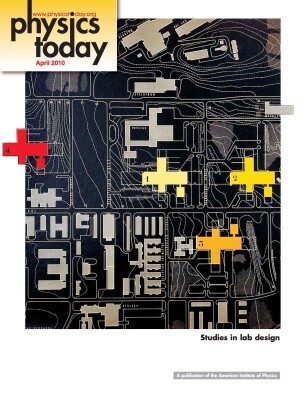More variations on Aharonov-Bohm
DOI: 10.1063/1.4797318
The article about Aharonov-Bohm effects is interesting and comprehensive. The primary and best-known effect shows that the vector potential A of the electromagnetic field is a physical reality rather than a mathematical artifice. That reality was implicit in the Schrödinger equation, as the Hamiltonian H depends on A instead of the electric field E and magnetic field B = ∇ × A. But the same statement also refers to the Hamilton-Jacobi equation in classical mechanics, so one may expect that a similar effect exists in classical physics as well.
Indeed, classical mechanics is governed by the fundamental Hamilton-Jacobi equation for the action S: δS/δt + H = 0, which naturally follows from William Hamilton’s principle of least action. Both H and S depend on A (even with E = B = 0). Thus it is quite possible that the vector potential is also a physical reality in classical physics. Erwin Schrödinger arrived at his famous equation in 1926 by using a mechanics-optics analogy, the so-called eikonal equation. Hamilton in 1834 proved that eikonal and Hamilton-Jacobi equations are equivalent, so that the Schrödinger equation actually follows from Hamilton-Jacobi.
Had Hamilton known that classical mechanics does not always hold, quantum mechanics might have appeared a century earlier. 1 The analogy between the equations of classical and quantum mechanics provides a reason to search for experiments that might prove whether a classical analogue of the Aharonov-Bohm effect exists.
References
1. H. Goldstein, C. Poole, J. Safko, Classical Mechanics, 2nd ed., Addison-Wesley, Reading, MA (1980), p.484 .
More about the Authors
Alexander Ershkovich. (alexer@post.tau.ac.il)Tel Aviv University, Tel Aviv, Israel, US .
